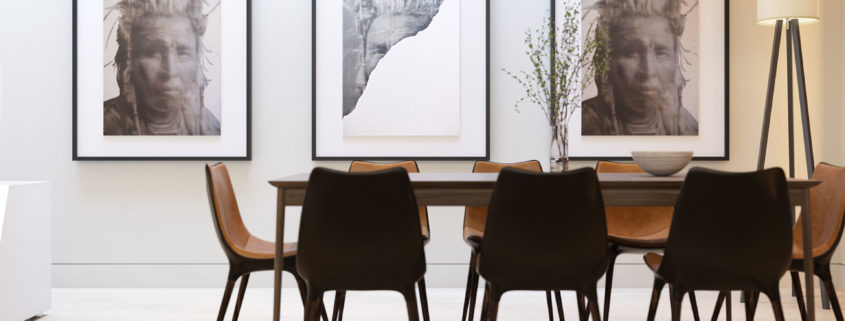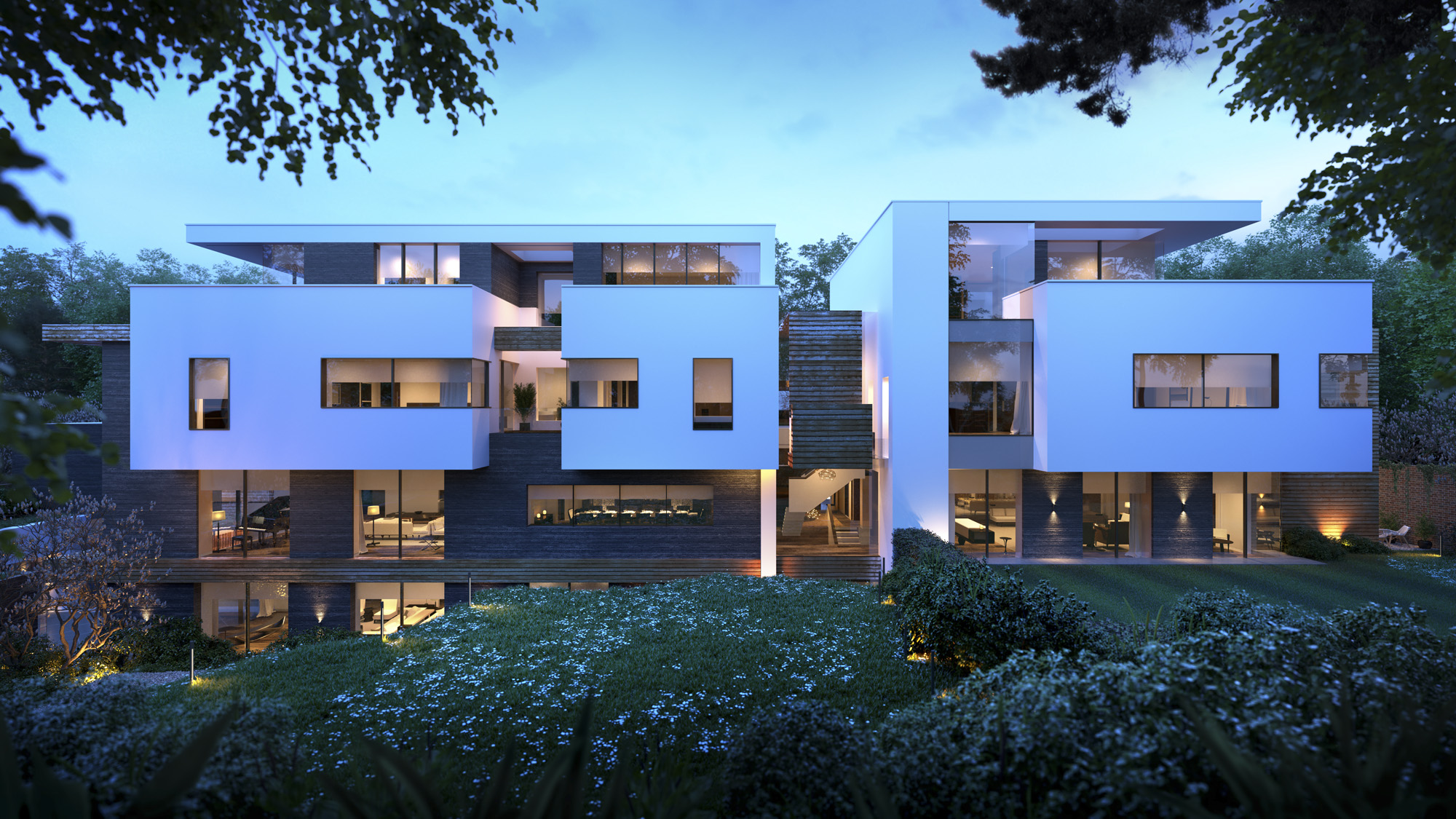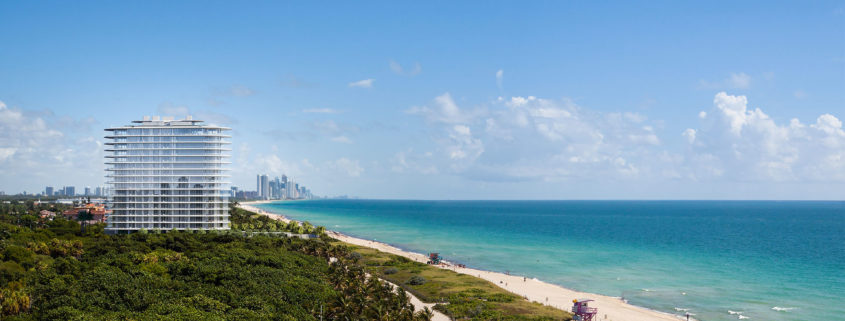TSR 005: A Journey from Animation to ArchViz, Details Obsession and Blaming it all on Banks with Recent Spaces
Why ArchViz Beats Animation
The pathway that takes you from absolutely nothing to a fully animated scene is a very complicated one. Comparing that to the modular and linear process of architectural visualization — which Alex and Iain have found comes with the huge appeal of being able to create a scene rapidly and then focus intensely on the details. That gratification is what has kept these two firmly based in architecture.
Animated Stills are Becoming A Client Favorite
Transitioning from still images to animated stills allows clients to see a more natural pathway through projects. Alex and Iain have fine-tuned the art of taking their images and creating less CGI and fly-through, and a more filmic approach to the building by viewing them like an architectural photographer would do. They’ve also found a few other tricks that clients are enjoying as well.
Corona is the Perfect Replacement for V-Ray
In the Recent Space toolbox, you’ll find Corona Renderer, 3ds Max, Forest Pack, and RailClone, but you won’t see much of VRay anymore. We talk about the reasons why, and it all has to to do with being an artist — not a technician. Alex and Iain have found that Corona allows them to spend their time and energies on their true passion, and to create the high-end renderings that their clients want.
Photographers and Visualizers — Who Gets the Credit?
Architectural visualizers know how difficult it can be to get full credit for their images, especially in comparison to architectural photographers. Copyrights and image credit goes to photographers, and their position of prestige is much more established. Visualizers, on the other hand, are still seeking to secure the same place of respect. Alex and Iain share their thoughts on the difference between the two, and potential solutions to the problem.
References
The image Alex did back in 2005 (the copyright year on the image below is not the actual creation date) that was featured on CGTalk and led to him to work at Hayes Davidson.
The making of “The House”, now known as Radlett Place, was the first time Alex York’s work was featured on the blog back in 2011. We did a written interview shortly after and also collaborated on a project in which I introduced Forest Pack to Alex and he used V-Ray for the first time as well!
The Seaford Court project video…
Main Quotes
“I’m obsessed with the details.” — Alex York
“As a visualizer, it’s very important that you not get bogged down in what ‘they’ want.”
— Iain Banks
“What we’re trying to do is move away from CGI.” — Alex York
“We try very hard to produce images that are not just accurate in detail, but are really beautiful in a classy and understated way.” — Alex York
“We want our employees to enjoy working here, and to produce something that is amazing.”
— Iain Banks















